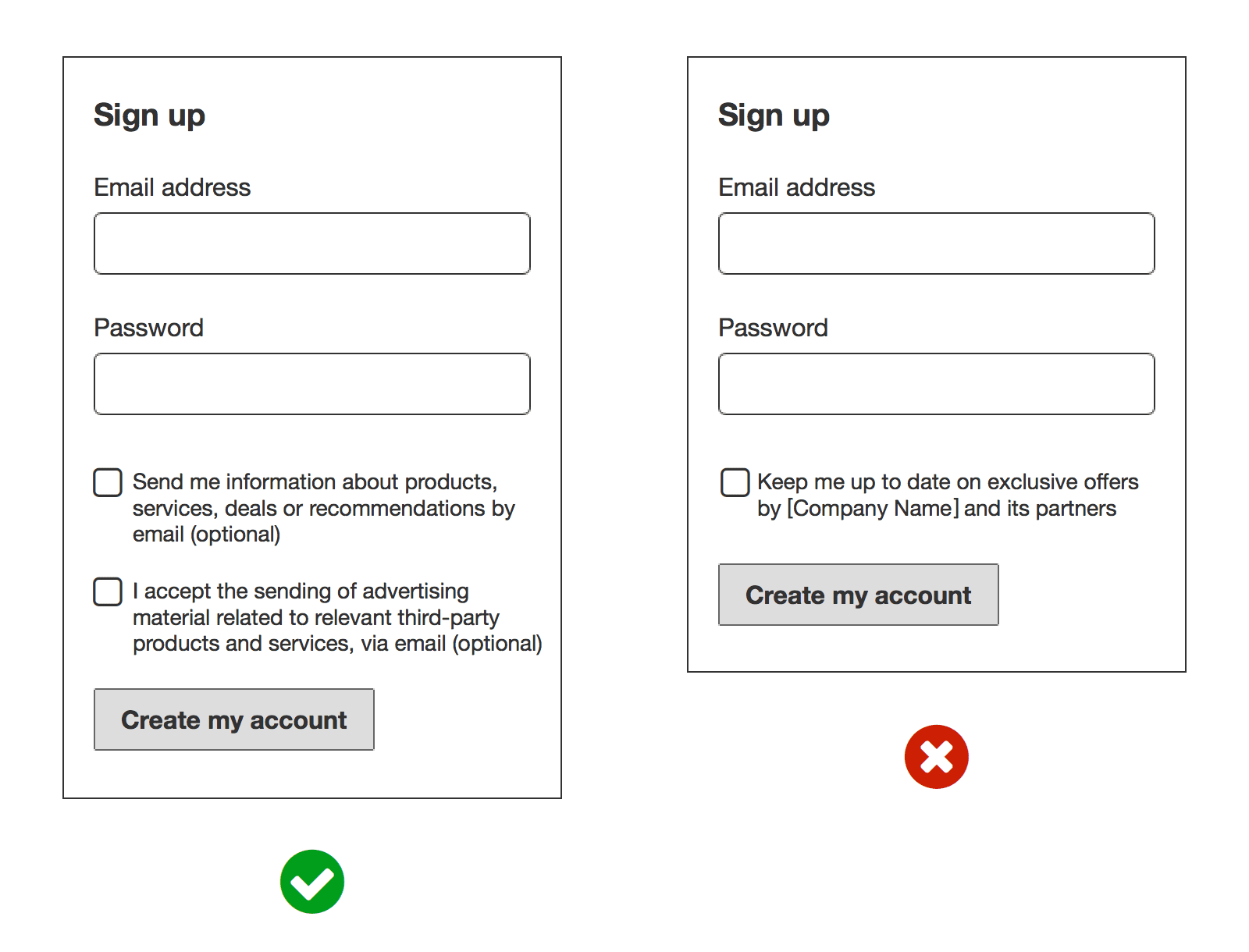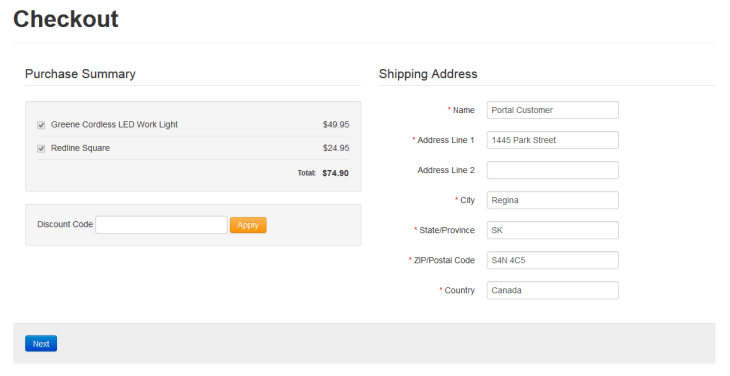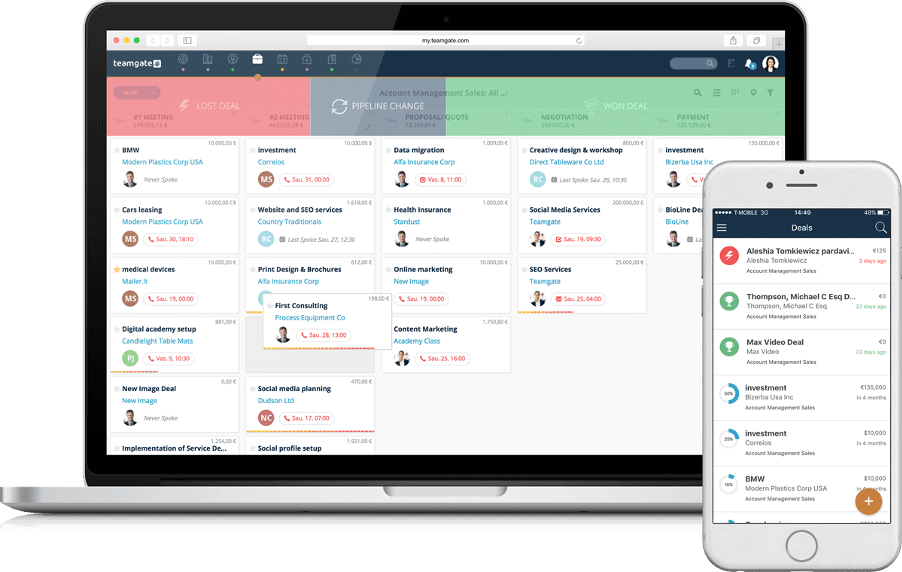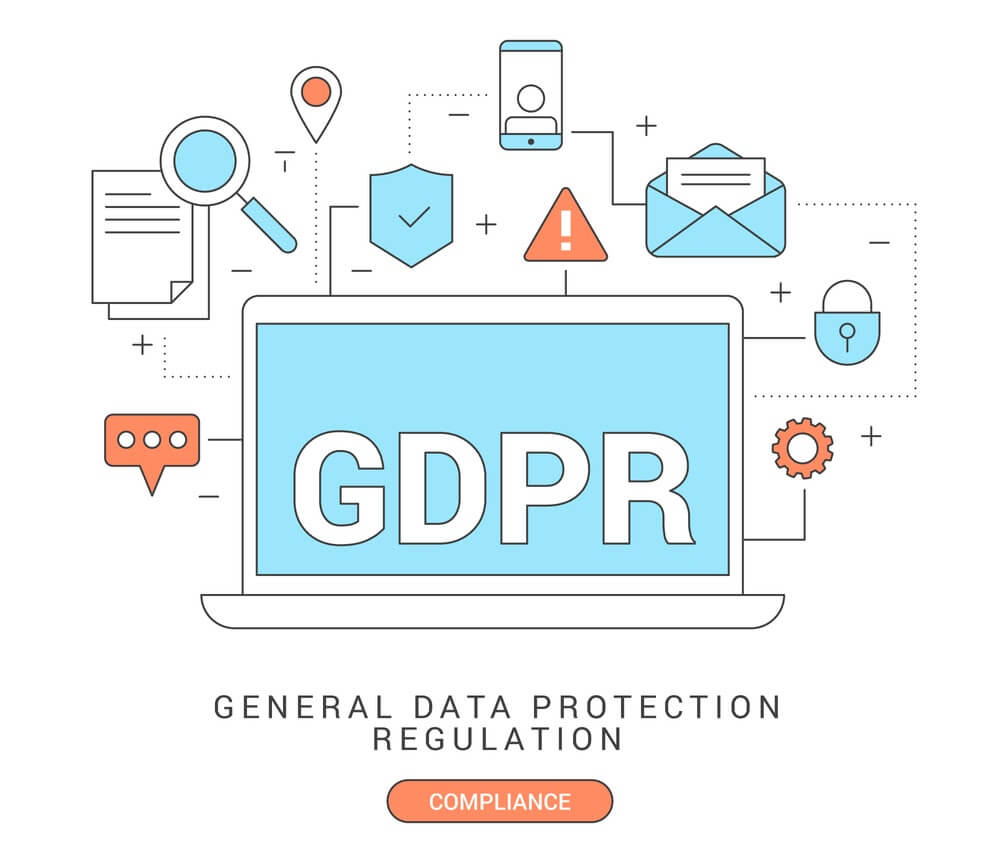With the rise of the Internet of Things, wearable technologies, and omnichannel communication, online users now create more data than ever. Studies found that 2.5 quintillion bytes of data are generated daily. Only a small portion of this data is useful to your business.
That is why you need to approach the data collection process strategically. Here are a few tips that may help.
Smart Ways to Collect Customer Data
Scandals in the media keep reminding customers about the importance of their data privacy in the online ecosystem. Since the enrolment of the General Data Protection Regulation (GDPR), customers are more aware of the significance of their digital footprint.
Still, most customers are eager to share data to receive personalized offers. Here are several effective data collection methods that will bring value to your customers:
Chatbots
Customers use bots to skip interactions with live chat support and get answers faster. Chatbots can request customers’ basic information, such as their phone numbers, email addresses, content preferences, etc. They are more user-friendly than forms since they collect customer data through natural interactions during the customer’s journey.
Checkout Forms
Using checkout forms, you collect essential customer data, such as their location, phone number, address, email address, etc. You can use this data to segment your audiences by their demographic data and deliver more relevant content.
Online Surveys
There is a wide range of customer satisfaction surveys, such as the NPS, the customer satisfaction score, visual rating surveys, etc. They provide better insights into customer satisfaction and experiences.
Newsletter Preferences
To segment your email list, you should first ask users to set preferences when subscribing. They could choose what kind of content they want to receive from you and select products or brands they are interested in.

Social media monitoring software allows you to choose keywords, such as brand mentions, campaign hashtags, competitor mentions, to track. When someone uses these keywords, the tool will automatically notify you.
Extract Value from Customer Data
Collecting customer data from multiple sources can be exhausting. With more users relying on omnichannel and multi-device customer service, companies are generating more information than ever.
Needing to wade through mounds of customer data, you may decide to ignore it. Not analyzing customer data, you are missing out on the opportunity to understand your customers, identify their main pain points, and recognize new industry trends.
The goal is to segment this mess of random information and rely on the data you can use in your sales and marketing strategies.
Invest in a Customer Database Tool
Gone are the days when Excel spreadsheets were the most effective places to store customer information. Customer relationship management (CRM) systems like Teamgate help you collect and organize vital customer data. Your CRM software integrates with your sales, marketing, and customer support tools. That way, it captures customer data from multiple digital channels and keeps it in a central location.
It tracks customers’ touchpoints with your brand across multiple channels and creates detailed customer accounts. From sales to customer service, all departments have a unified view of customers and know what happens in every phase of your sales funnel.
Decide what Kind of Data You Need
Data saturation can overwhelm you and hinder your decision-making process. It prevents you from harnessing the power of customer data and using it to improve user experiences and grow your business. Researchers found that between 60% and 73% of the data you collect go unused for analytics.
Precisely because of that, you need to determine your priorities and decide what kind of information you need. It should be measurable, align with your company’s objectives, and contribute to better user experiences.
Increase the Security of Customer Data
With the rise of sophisticated cybersecurity threats, companies need to pay special attention to the security of customer data they collect. Here are a few steps to take:
- Choose a safe and GDPR-friendly CRM system that lets you retrieve customer data at any time.
- Back your data up to ensure business continuity.
- Clean up outdated customer data. For instance, your CRM integrates with many data validation tools and automatically determines which data is out-of-date.
- Ensure your data collection strategy complies with the changing regulations, such as the GDPR. Many businesses also rely on GDPR compliance services to audit their systems, close security gaps, and ensure ongoing adherence to privacy laws.
Act on Customer Data
Once you invest in valuable data analytics and management tools and collecting customer data, do not let it sit unused on your computer. Use it to improve customer experiences, generate qualified leads, and drive sales.
Use Customer Data as Social Proof
It is not a secret that customers conform to the opinions of larger groups of people. That is why you need to use social proof in your marketing strategy:
- Use a social proof tool on your website that informs visitors about your latest signups and purchases. The information is updated in real-time. It appears in a customizable popup at the bottom of your site.
- Conduct customer satisfaction surveys and use this data to create case studies or customer success stories.
- Show product reviews and customer testimonials on your website.
Improve Customer Support
A CRM tool integrates with most customer service systems, such as your call center, live chat, or email. All customer tickets are handled from a single location and automatically assigned to the people that are best suited to resolve them.
Customer support agents do not need to search through a lengthy customer database anymore. They can find detailed customer accounts and monitor their previous interactions with your brand almost instantly.
Segment Email Campaigns
One-size-fits-all email campaigns do not cut it anymore. To deliver personalized user experiences, you need to segment your newsletter list. You can slice it down in multiple ways, including customers’ location, content preferences, previous purchases, and abandoned carts.
Conclusions
Instead of wading through mounds of customer data, start collecting it strategically.
First, choose the data collection methods that deliver value to customers and do not scare them off.
Second, analyze and organize customer data to extract value from it.
Finally, use the most relevant data to improve your sales and marketing efforts.









